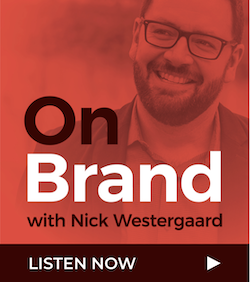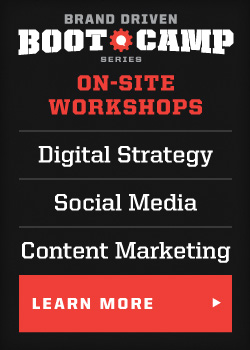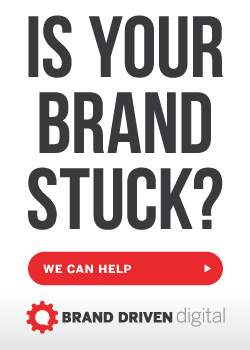I love running. It’s my favorite form of exercise. Like most runners I find myself disliking every other form of exercise. While running, I love listening to podcasts. Recently, when my old over-the-ear aviator headphones bit it, I thought it might be time to join 21st Century and invest in a more modern yet durable Bluetooth set (a must for many now as Apple has discontinued the headphone jack in their latest iPhone iteration).
Like many social consumers, in making this shopping decision I turned to my friends on Facebook. The recommendations varied with many pointing to big players like Beats by Dre and other well-known brands. Ultimately I decided to go with a lesser known but well-rated brand – Status.
A friend recommended them as a low-cost, high-quality solution for electronics gear that most runners are hard on. The sound quality is crisp, the Bluetooth connectivity is great. I even loved the spartan packaging, which coyly noted, “no logos, no celebrities — just sound.” I loved it! It’s like anti-branding.
The problem? There’s no branding!
The Danger of Anti-Branding
While at first I praised the outward lack of endorsements and flashy packaging, a problem arises shortly after the initial joke. That’s because every brand touchpoint — pictures, words, packaging, and design — come together to form your brand DNA. What humorist Ze Frank calls the “emotional aftertaste” we have after encountering a brand. In short, the whole is more than the sum of its parts.
Enter my headphones with their absence of brand DNA. The name is forgettable. The packaging is white with a simple font which clearly states the name. The entire experience is forgettable. Am I being mean? No. I’m being honest.
I say it’s forgettable because when I was with a friend and wanted to refer these amazing new headphones with exceptional sound and whose charge only faded after three weeks of daily use, I was stumped. I couldn’t remember the brand name or the product name. I couldn’t remember anything to help point my friend in the right direction.
And the product is great! The anti-branding is a disservice to an otherwise wonderful offering.
Non-Traditional Branding Done Right
What Status is doing right is trying to stand out from the crowd. Consumers today are bombarded by thousands of brand messages each and every day. It’s tempting to overcome the deafening volume by simply lowering your own — subtracting where others are adding and standing out as a result.
In order for this strategy to work, you have to remember one simple rule. When you opt out of the traditional elements of brand DNA you have to replace them with something else for your audience to share.
For example, Zappos does very little traditional branding in the form of slick ads and commercials to tell their story. However, Zappos replaces these standard brand touchpoints with a one-of-a-kind commitment to customer service. Their people help them tell their story. They also participate in the adopt-a-highway program running through their hometown of Las Vegas, which tells a very different and memorable brand story. (It doesn’t hurt that they haven’t opted out of all traditional brand touchpoints — Zappos is a memorable name compared to shoes.com).
In the digital age, your brand is built and grown by others helping you share your story. To do so, you have to give them a story worth sharing. And if you’re tired of zigging, don’t forget to zag if you want others to follow.









